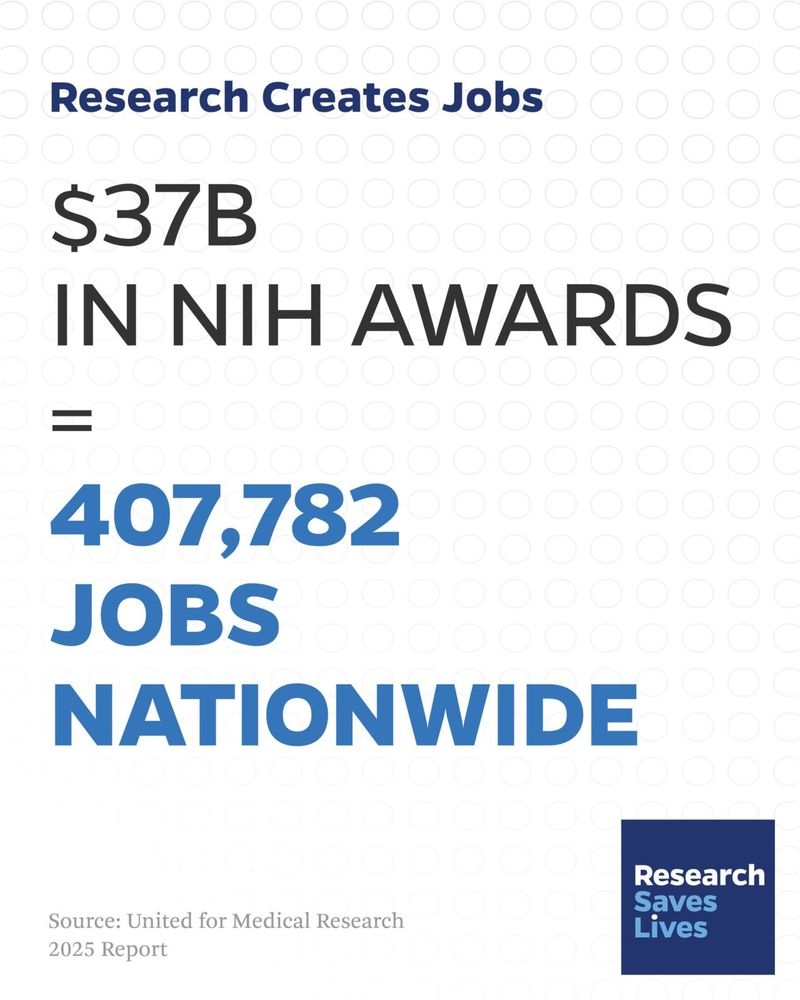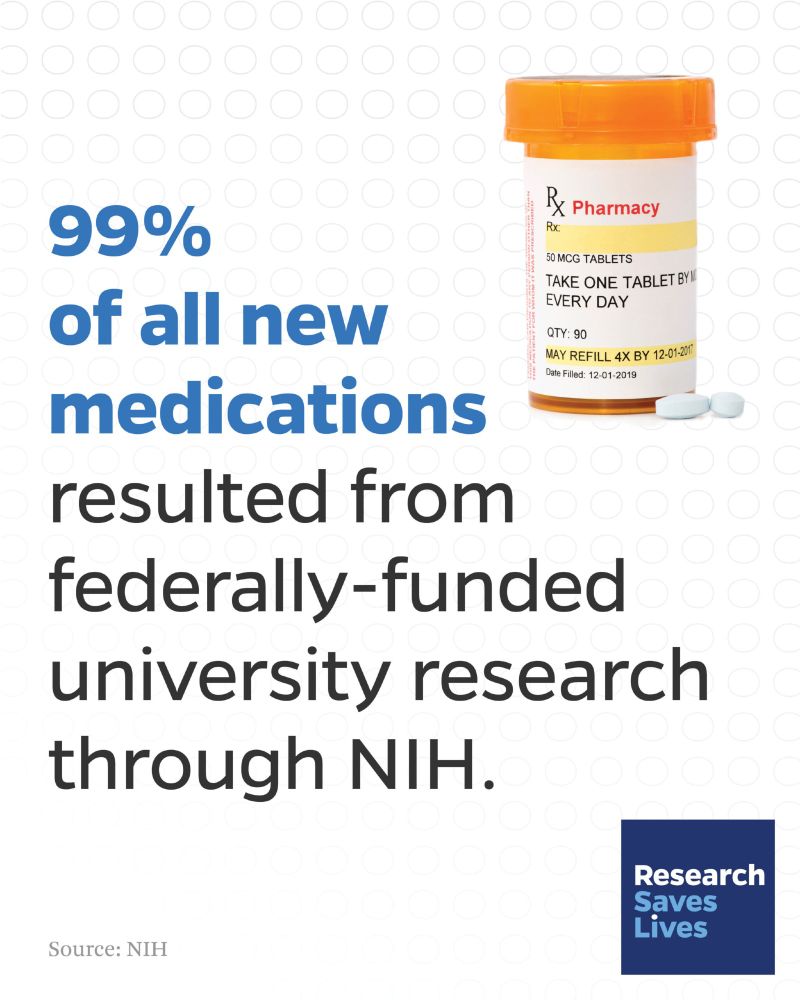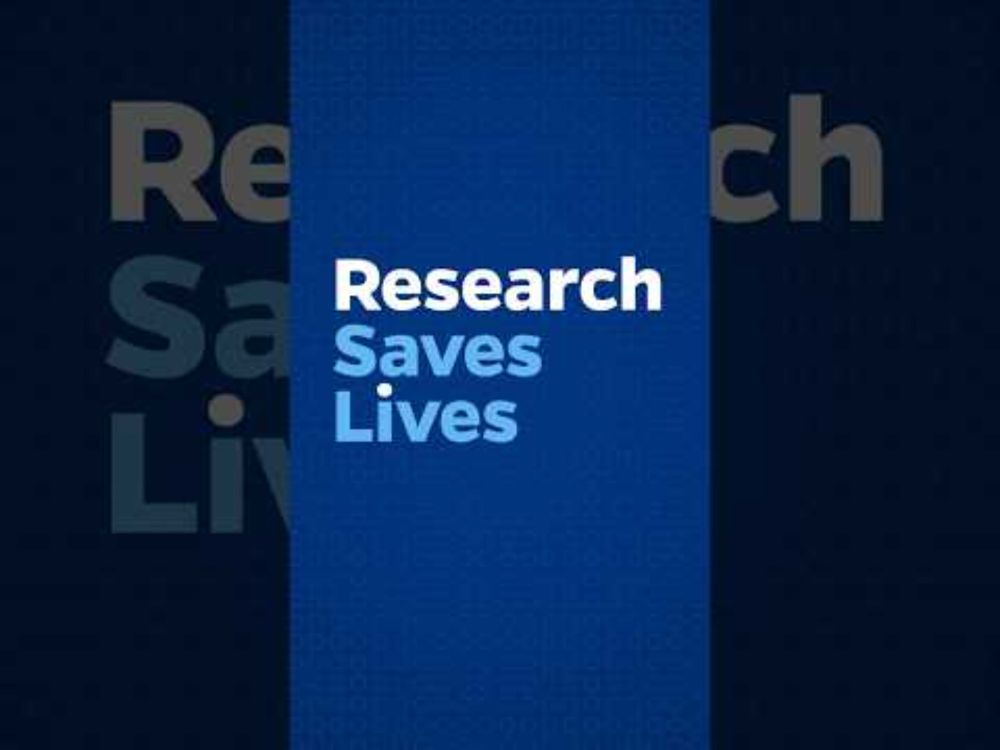Johns Hopkins University
@jhu.edu
710 followers
25 following
26 posts
America’s first research university. Leading discovery and sharing knowledge to better the world since 1876. With campuses & centers in Baltimore & around the world.
Posts
Media
Videos
Starter Packs
Johns Hopkins University
@jhu.edu
· Jun 11

Cancers can be detected in bloodstream three years prior to diagnosis
Detection of cancer before a clinical diagnosis could give patients and caregivers more time for intervention and may lead to better outcomes because tumors are more likely to be curable
hub.jhu.edu
Johns Hopkins University
@jhu.edu
· Jun 10
Johns Hopkins University
@jhu.edu
· Jun 10
Johns Hopkins University
@jhu.edu
· Jun 9

Research cuts imperil critical insights into the underlying causes of age-related falls
Falls are the leading cause of injury-related death among seniors in the United States. Johns Hopkins researcher Kathleen Cullen studies the vestibular system in our inner ear, integral to maintaining...
hub.jhu.edu
Johns Hopkins University
@jhu.edu
· Jun 6

America's retreat from research risks exodus of world's 'brightest minds'
Johns Hopkins neuroscientist Uli Mueller came to the U.S. from Germany decades ago because of the unrivaled opportunities for research and discovery. He worries that cuts to research funding will upen...
hub.jhu.edu
Johns Hopkins University
@jhu.edu
· May 21

NIH cuts stalling progress on rare genetic disorders like SynGap1
Hopkins neuroscientist Richard Huganir is close to finding a potential life-changing treatment for kids with SYNGAP1-related disorders, but cuts to federal funding could delay or halt the progress
hub.jhu.edu
Johns Hopkins University
@jhu.edu
· May 20

Cutting-edge treatments offer new hope for those living with cystic fibrosis
Decades of clinical trials have drastically improved both life expectancy and quality of life for those with cystic fibrosis, a testament to the pivotal role of clinical trials in advancing medical re...
hub.jhu.edu
Reposted by Johns Hopkins University























